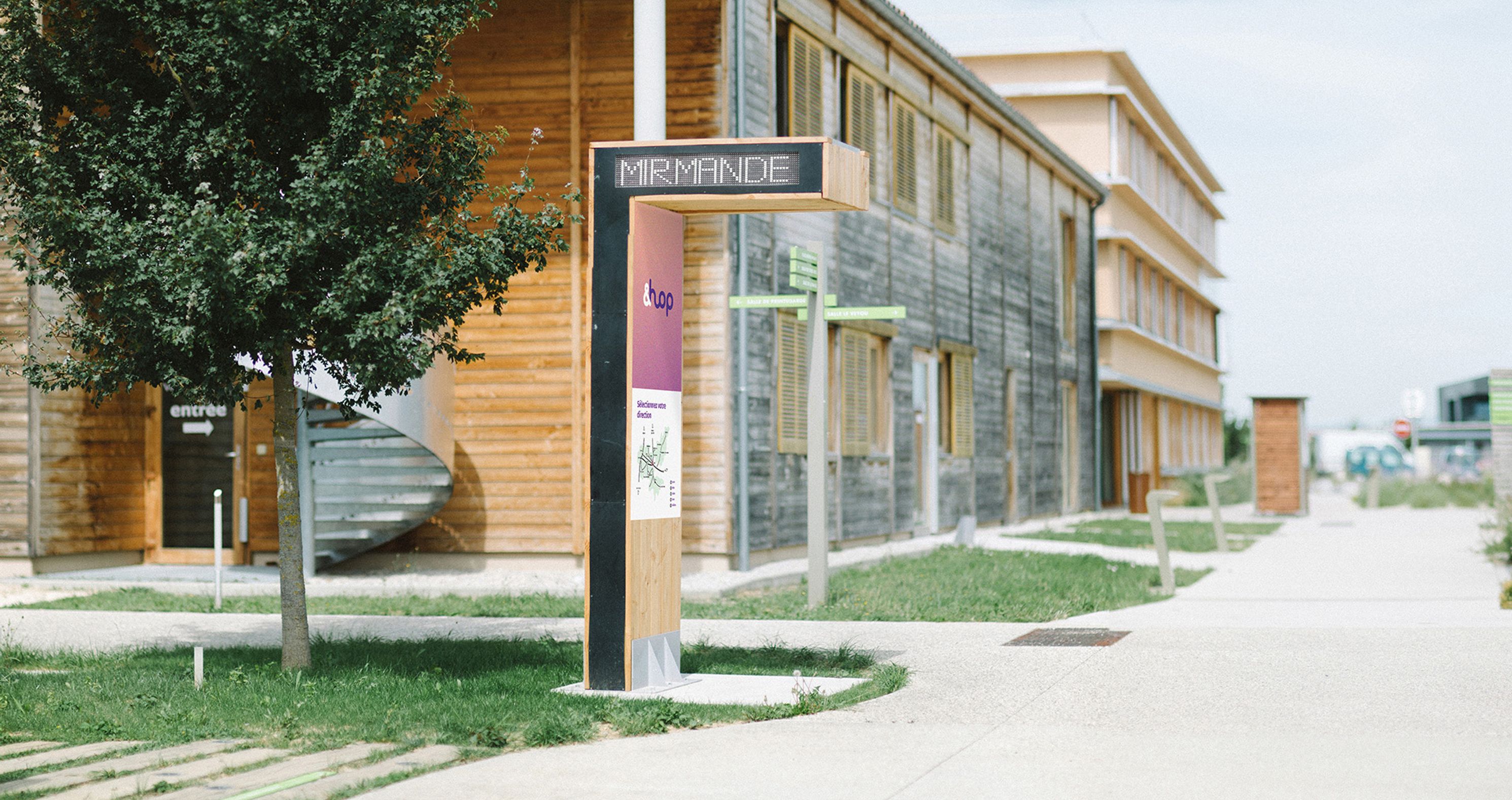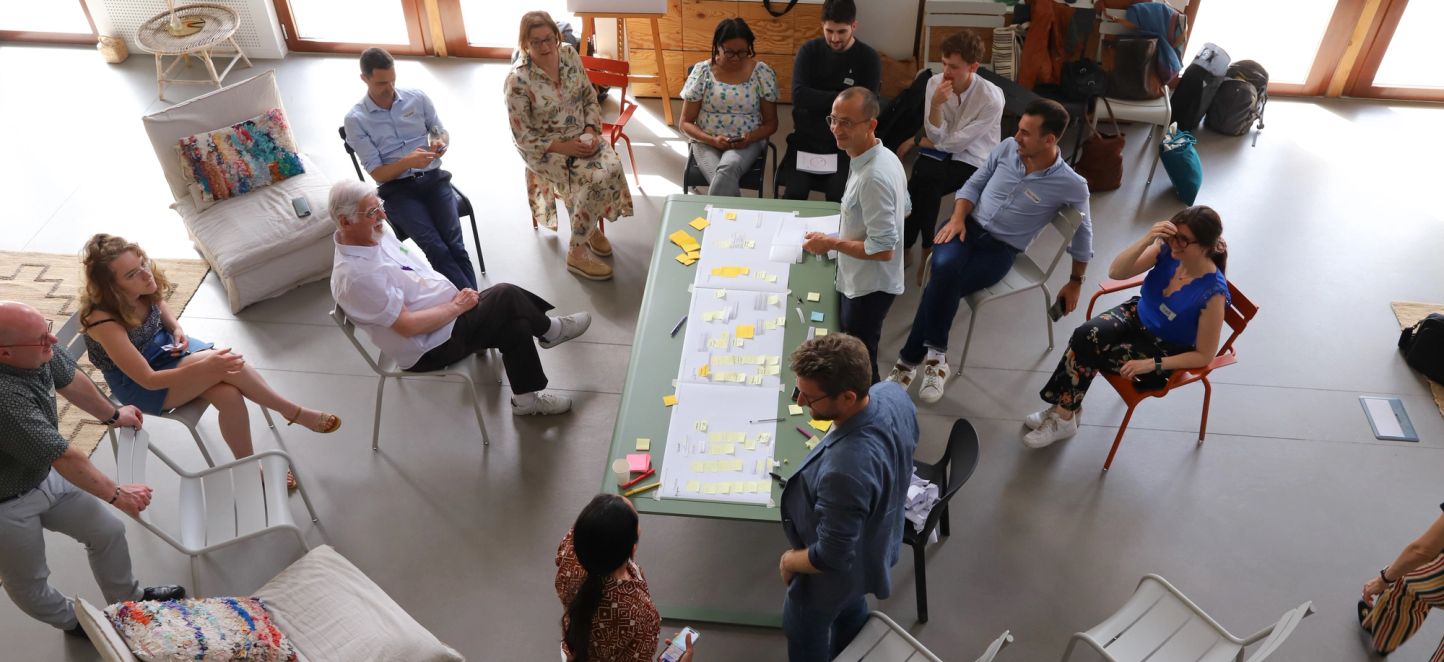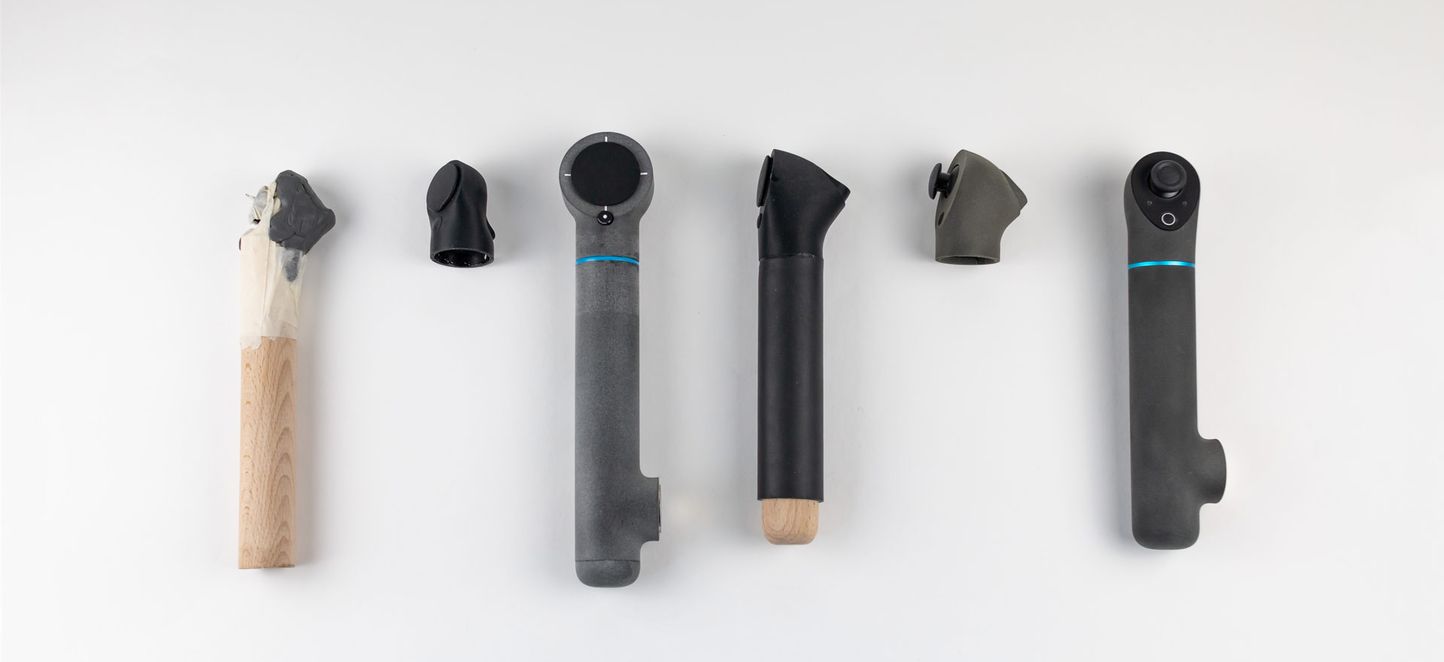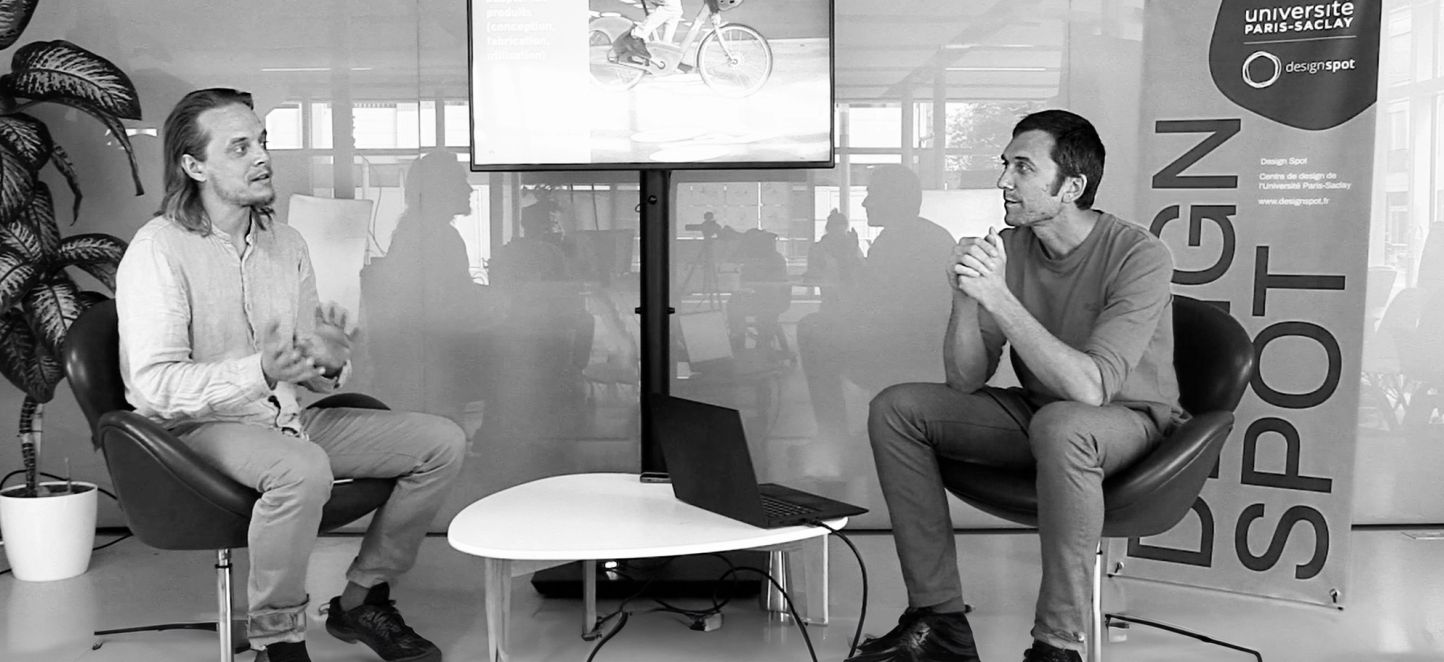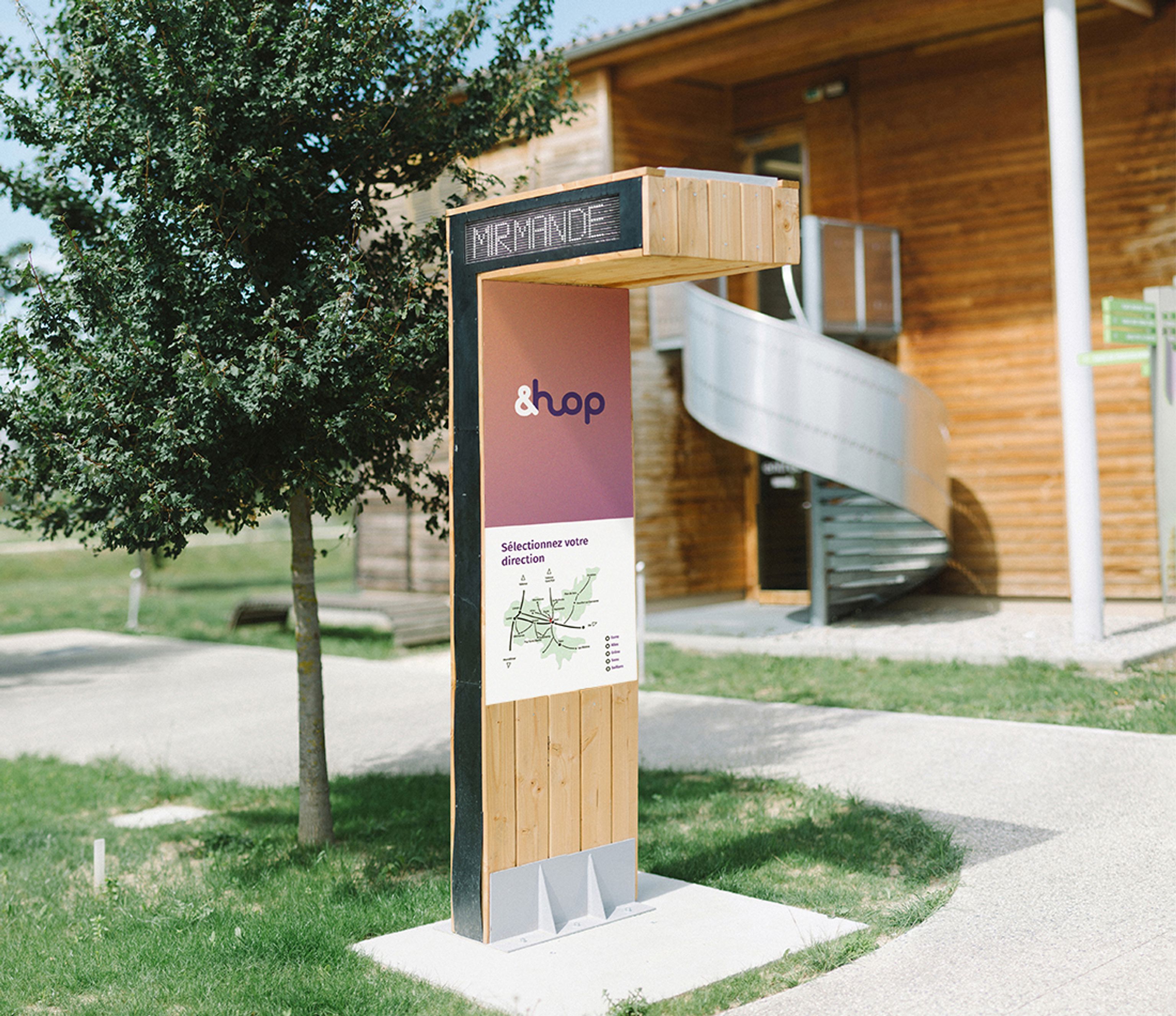
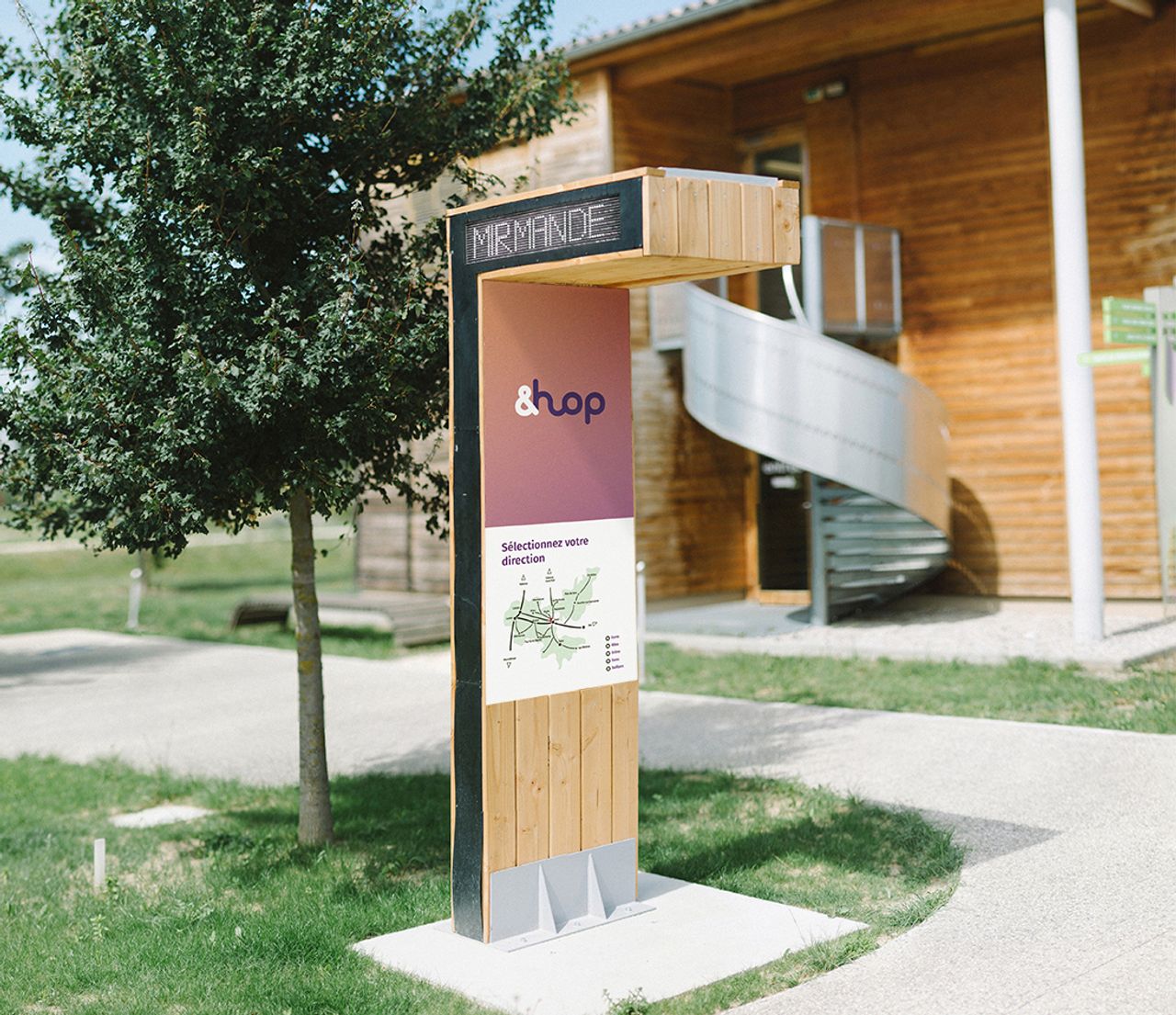
Initiated by the Val de Drôme community, Entreautre, 8fablab , and Kapt joined forces to imagine and prototype the future of rural mobility. This new service, temporarily named &Hop, serves as a model for us both in terms of its challenges and its implementation. Let's explore how it raises questions about the relationship between design and mobility policy, and the process that enabled this project with multiple positive impacts.
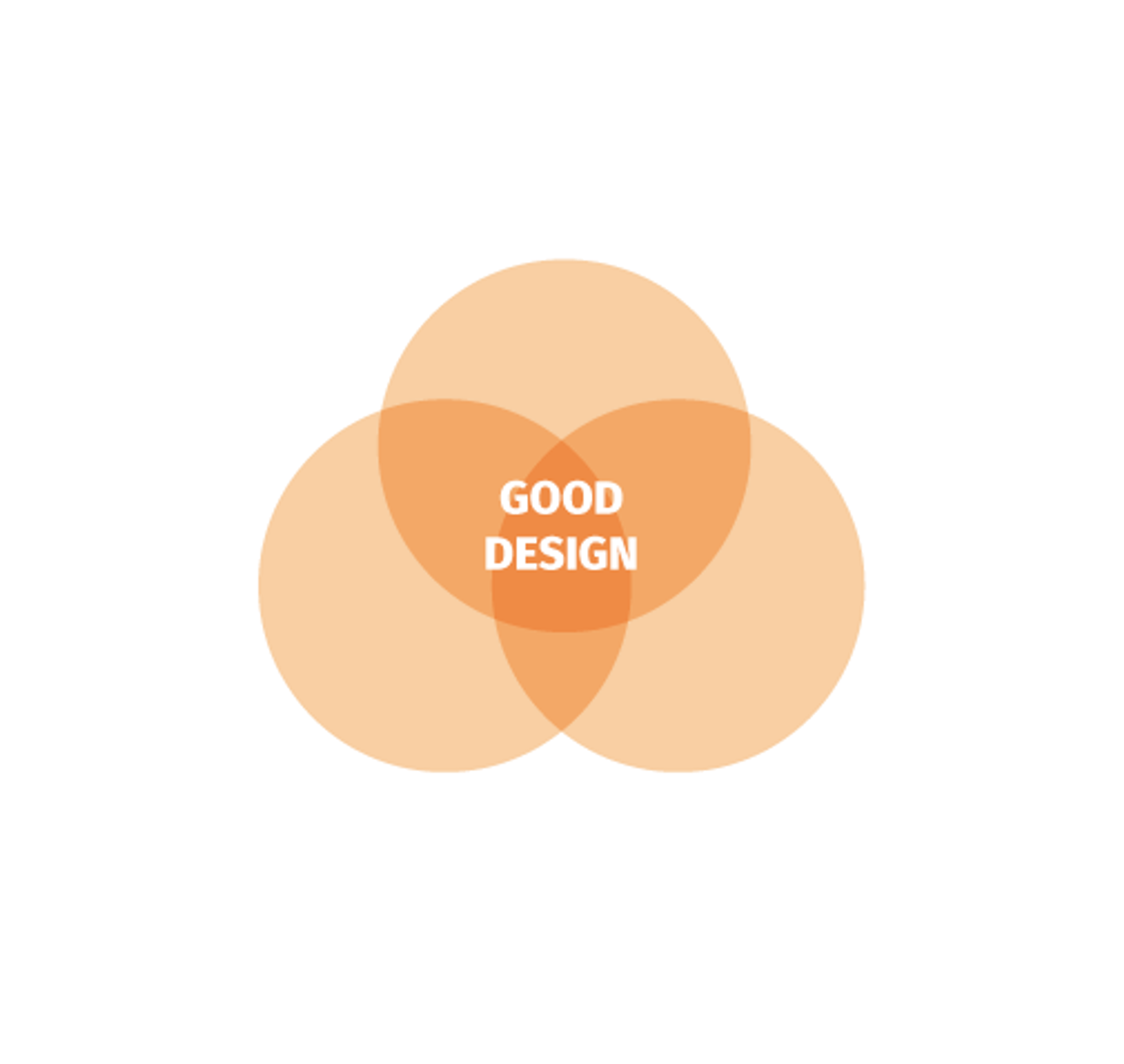
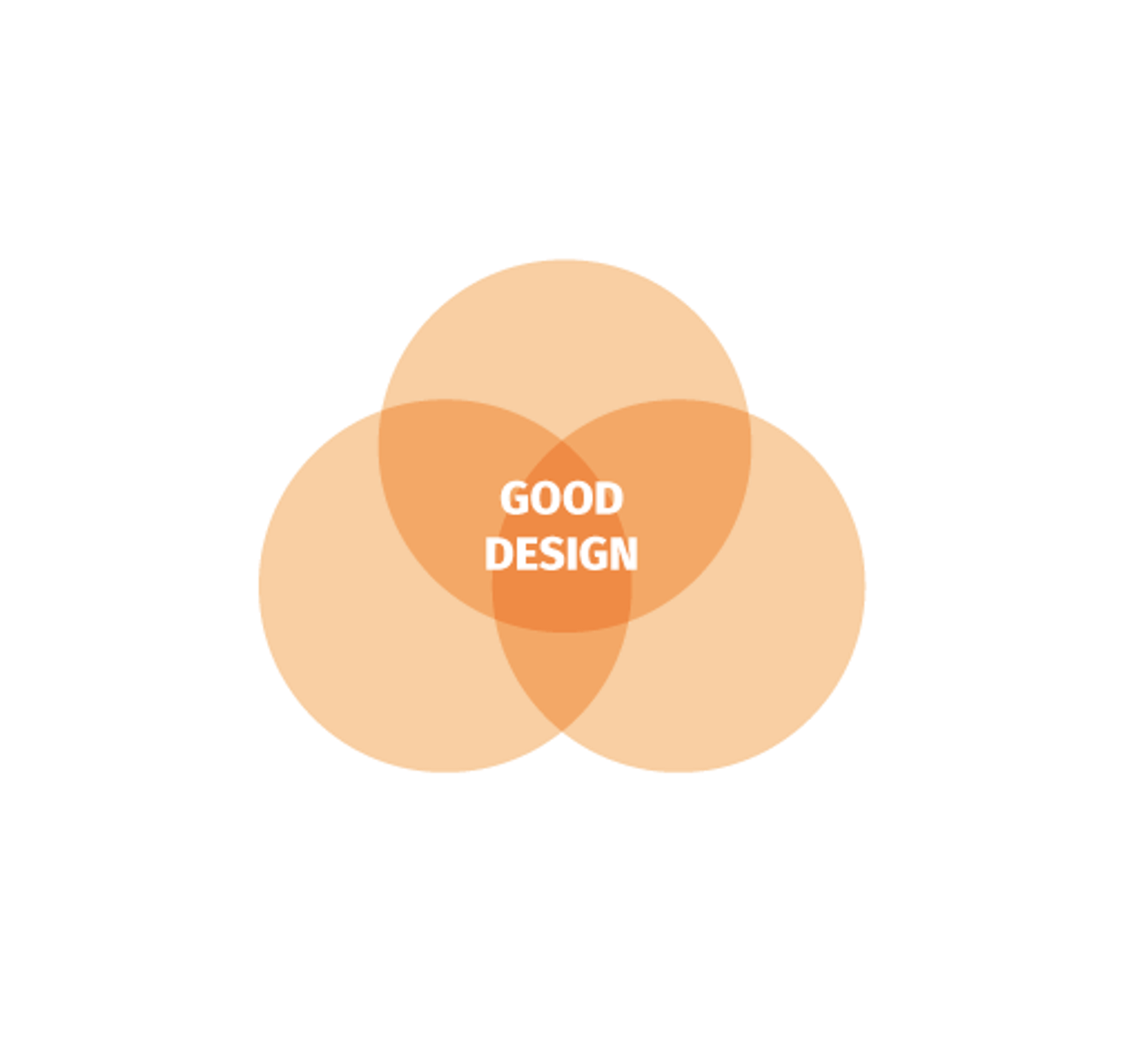
Good design
As we know, successful design is a delicate balance between:
- The appeal of the product or service, both in emotional terms (aesthetics, imagination) and in practical terms (meeting the need, quality of user experience)
- Technical feasibility and the appropriate use of technology
- Economic viability and the model that allows the project to exist
The stations are designed with eco-design and inclusivity in mind, utilizing highly developed wood construction techniques in the region. This allows them to be made locally, resulting in a simple, durable, and low-tech product.
We also considered the integration of the landscape with wooden cladding, while preserving the visibility and effectiveness of the digital display. The stations are powered by solar energy, facilitating installation and the flexibility of the infrastructure, with easy-to-move stations.
On the digital side, the mobile application is designed to be as simple and fluid as possible: we intentionally limited the number of features to focus on the essentials. The service can even be used without a smartphone, with digital technology offering an added level of service and comfort.
How did we achieve this result? Through the design thinking approach and the collaborative work we conducted with the CCVD, 8Fablab, Kapt, and mobility stakeholders across the region.
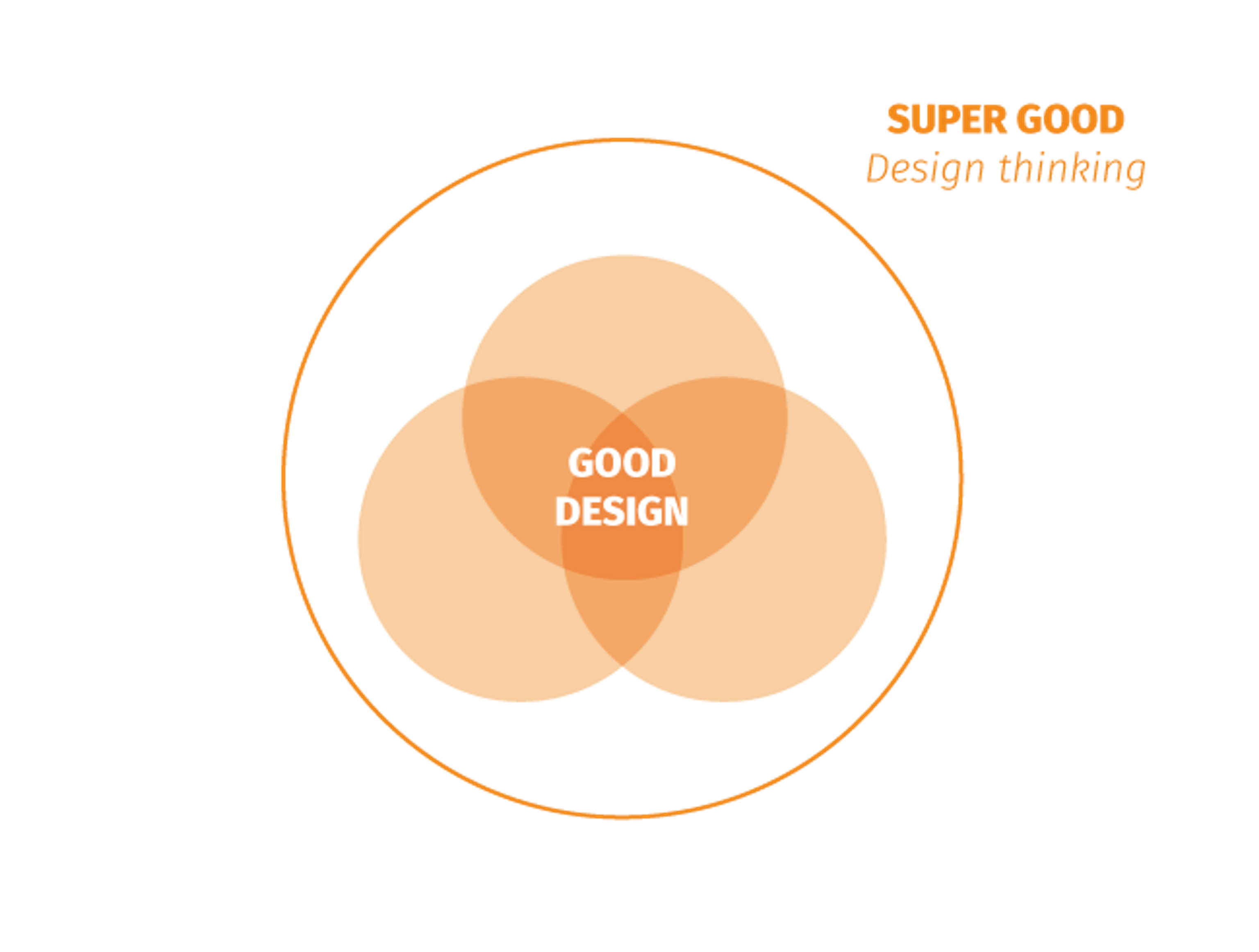
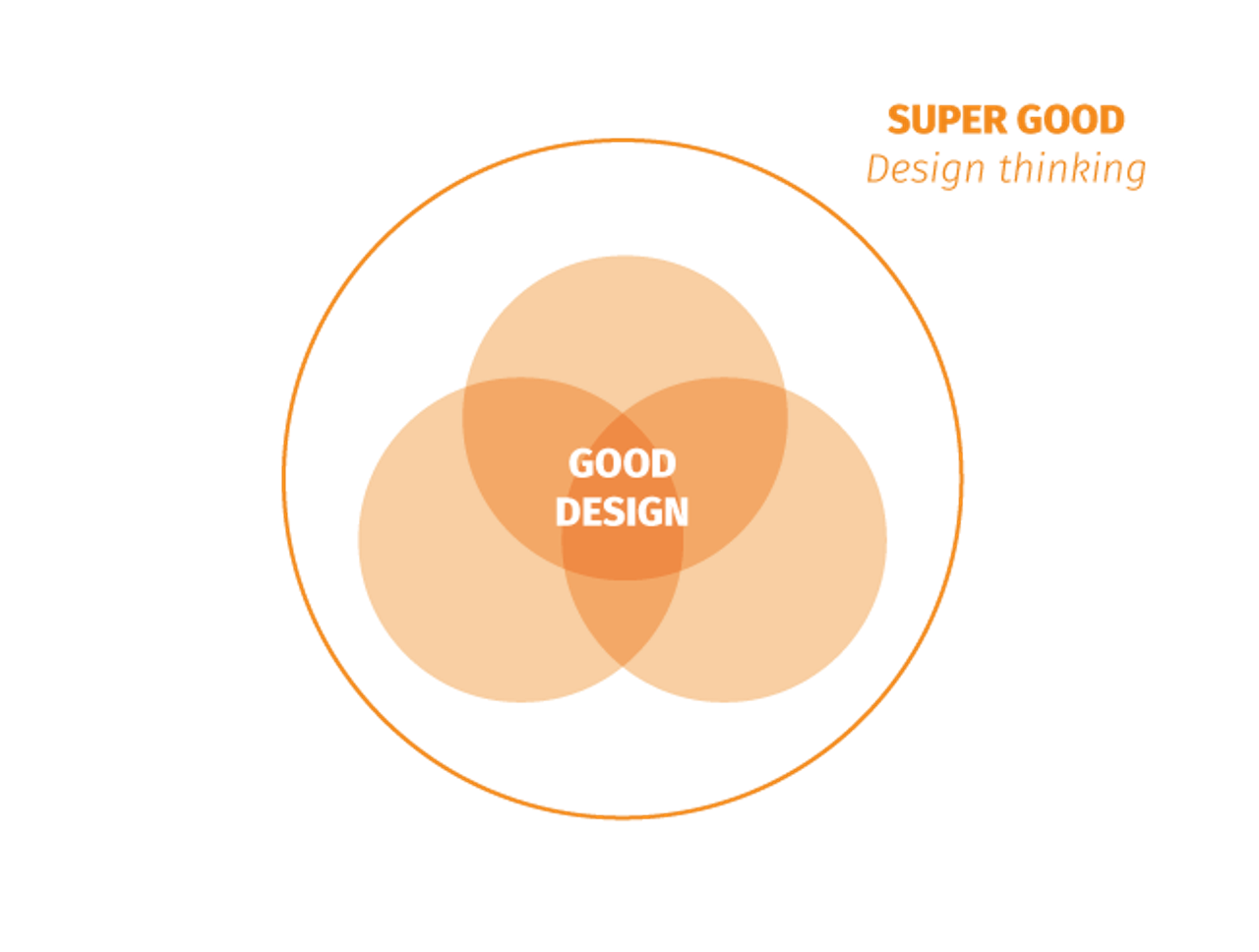
Super good design
The issue is complex, as it requires interconnecting public transport networks (train, bus), individual car travel, and soft mobility modes (walking, cycling), all within a semi-rural geographical (and weather) context, featuring hills, major routes, isolated valleys, and a variety of user profiles…
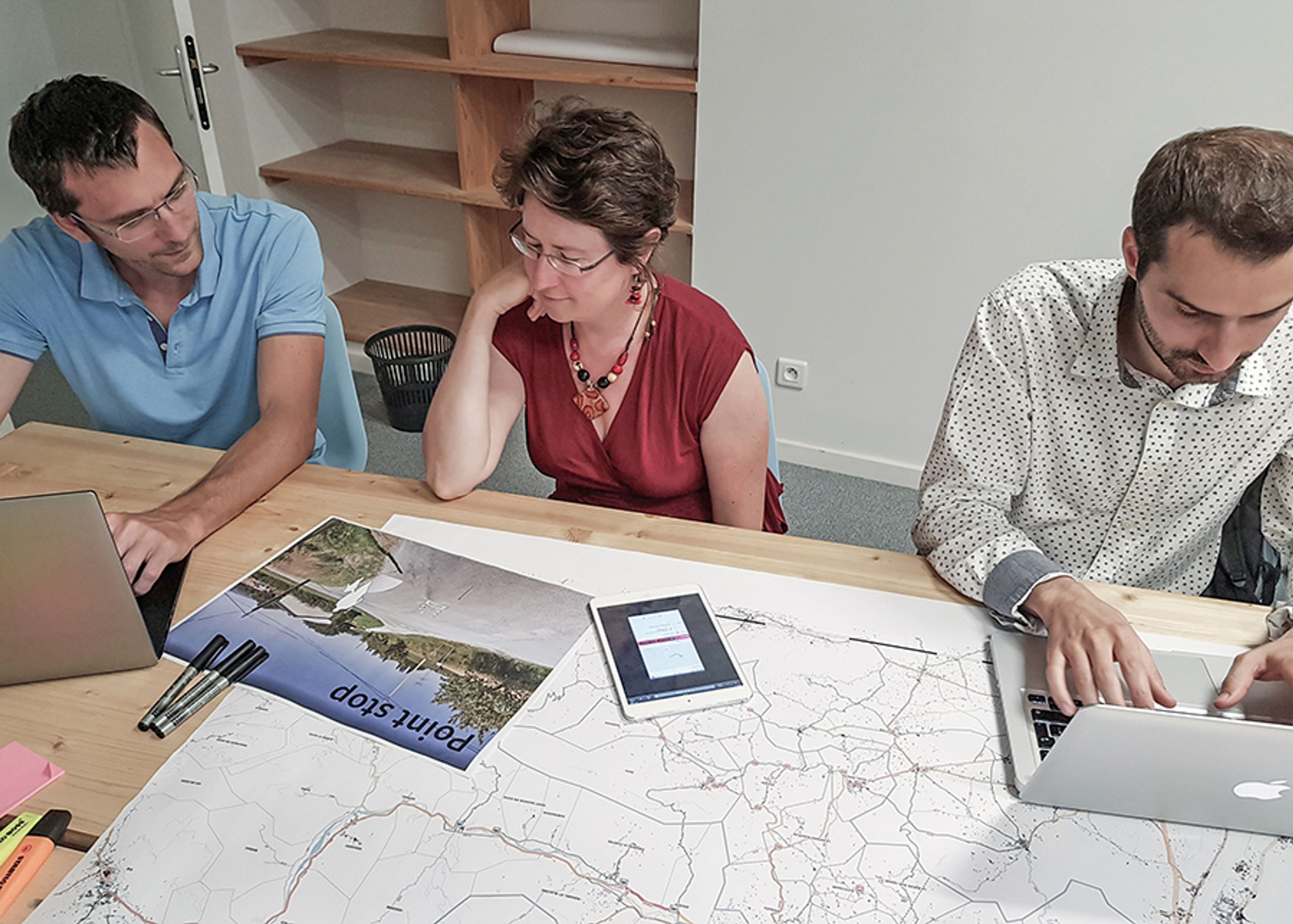
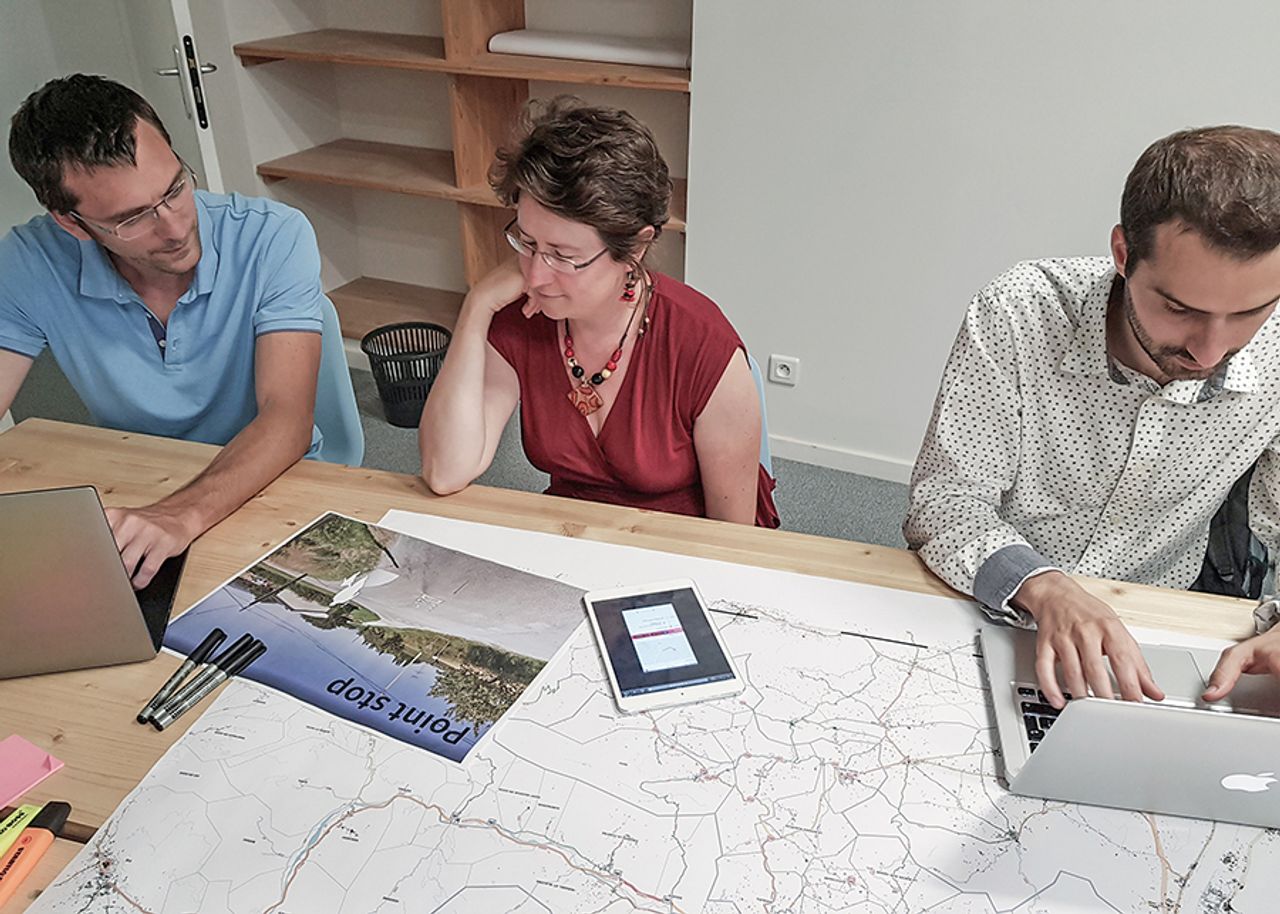
The design thinking process is perfectly suited for addressing this complexity due to its collaborative and inclusive added value. A working group representing the diversity of stakeholders (institutions, users, elected officials, businesses) gathered around the table: each brought their expertise, experience, and objectives, contributing to the common foundation of knowledge needed to co-create a solution.
Co-design was effective, and we quickly identified the pillars of this new rural mobility service: it is a frugal innovation approach, as the resources used are relatively limited—€50k to take the project "from scratch" to the material realization of the proof of concept (a first mobility station installed and a prototype of the mobile application).
It is also an inclusive approach—by involving users and local stakeholders, we aim to facilitate the adoption and use of the service. This also helps spread a culture of collaboration and evolve working methods through action.
Above all, it is a political vision that made this possible.
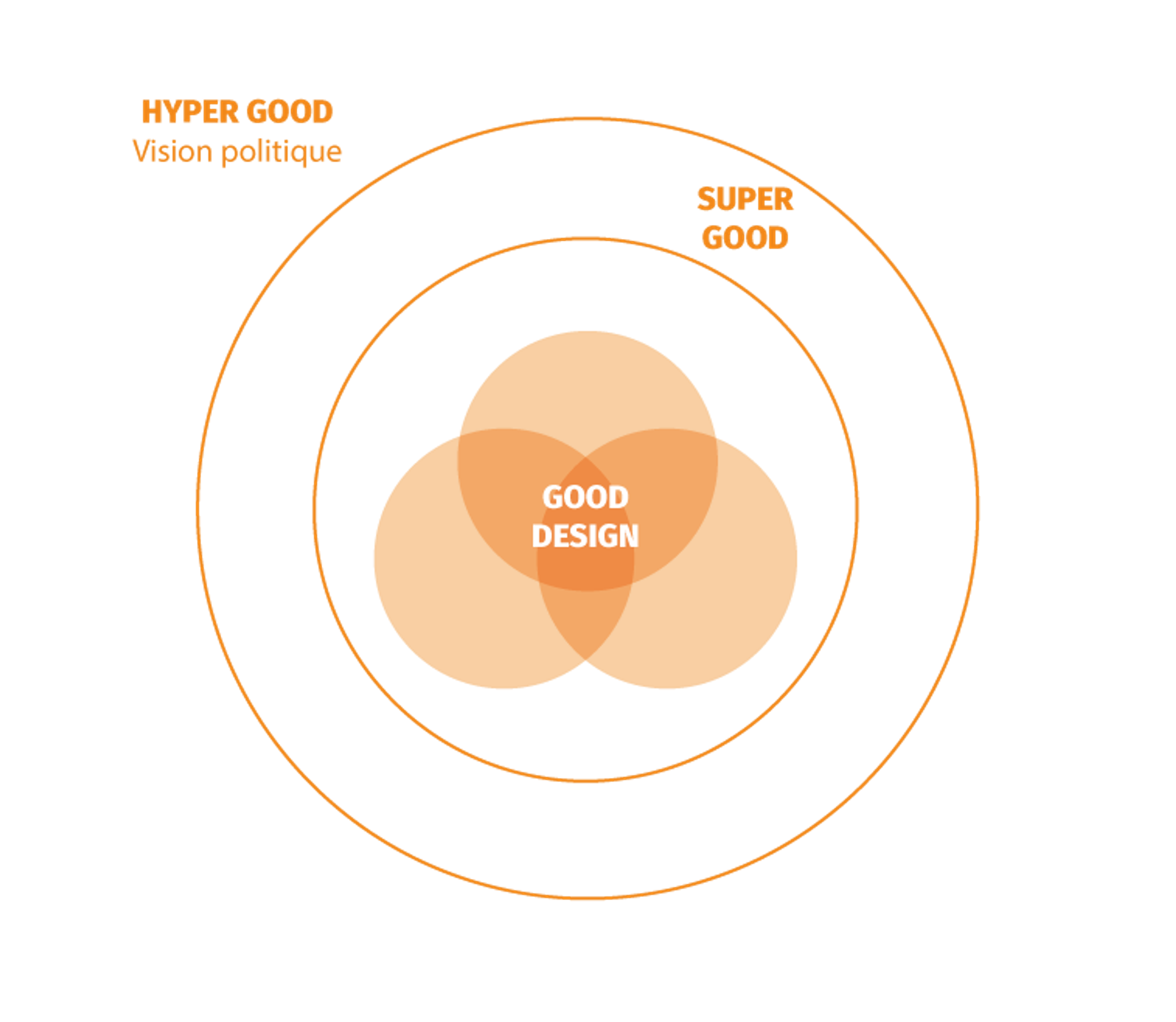
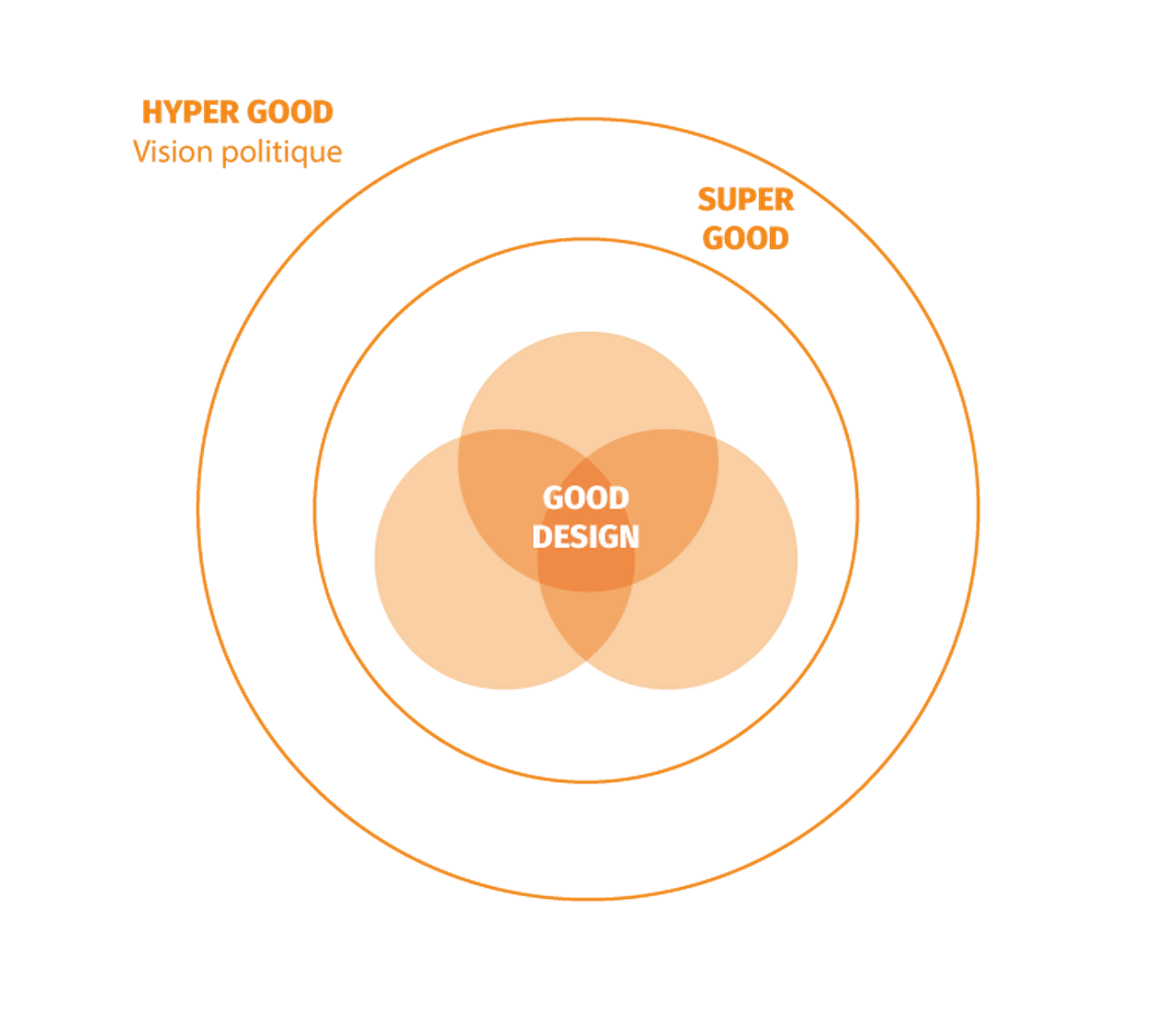
Hyper good design
Our client (the CCVD) has ambitious goals and immediately embraced our methodology. This is an excellent starting point for positive impacts!
For residents, first and foremost, the ability to travel easily outside major traffic routes and public transport lines truly makes a car-free social life possible. Additionally, the recurring interactions on shared trips foster social connections!
Carpooling reduces the number of cars on the road, leading to fewer greenhouse gas emissions, improved air quality, and environmental preservation. With widespread adoption of this service, the second family vehicle may eventually become unnecessary…
Finally, the ability to study or work without a personal car contributes to the economic development of the region.
This project, developed by and for the territory, is being released as open-source to facilitate its deployment in other regions.
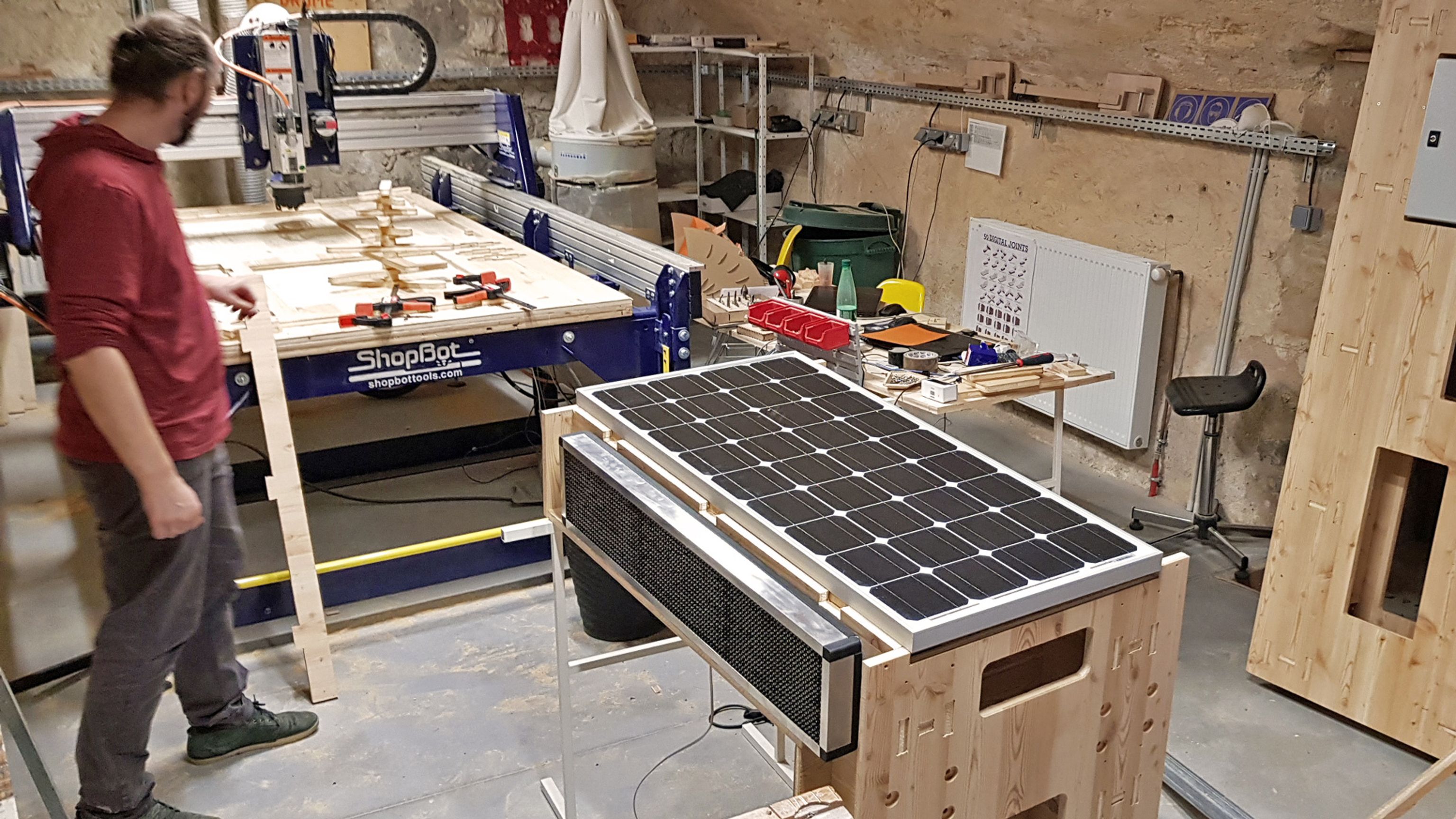
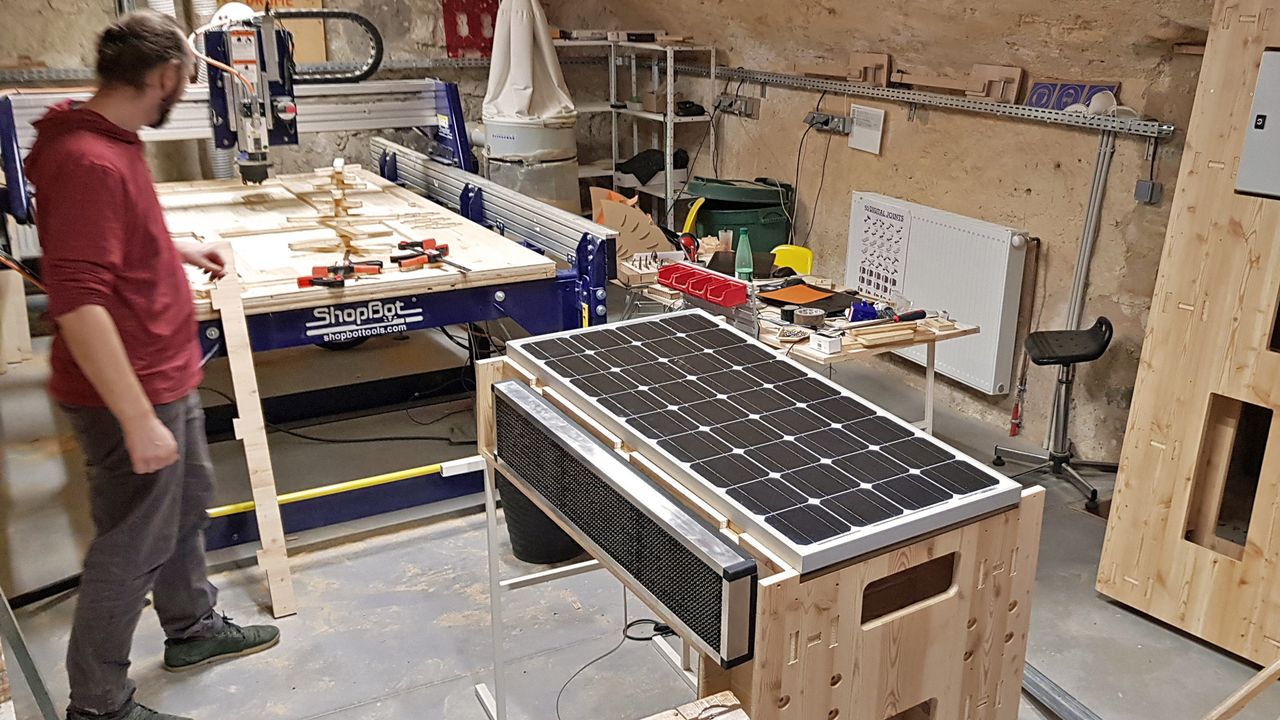
We are still keeping some suspense around the economic model of the project, which will be officially launched on July 18 at the Eurre Ecopark (26).
The project's political and engaged vision aligns perfectly with the design approach we implement in the studio. It reflects the discussions shared at the Design Summit—change will come from collaboration between visionary decision-makers and committed designers. This is why design must take its place in decision-making circles. It is a tool to invent and (re)build new, sustainable development models that will also be attractive and efficient!
